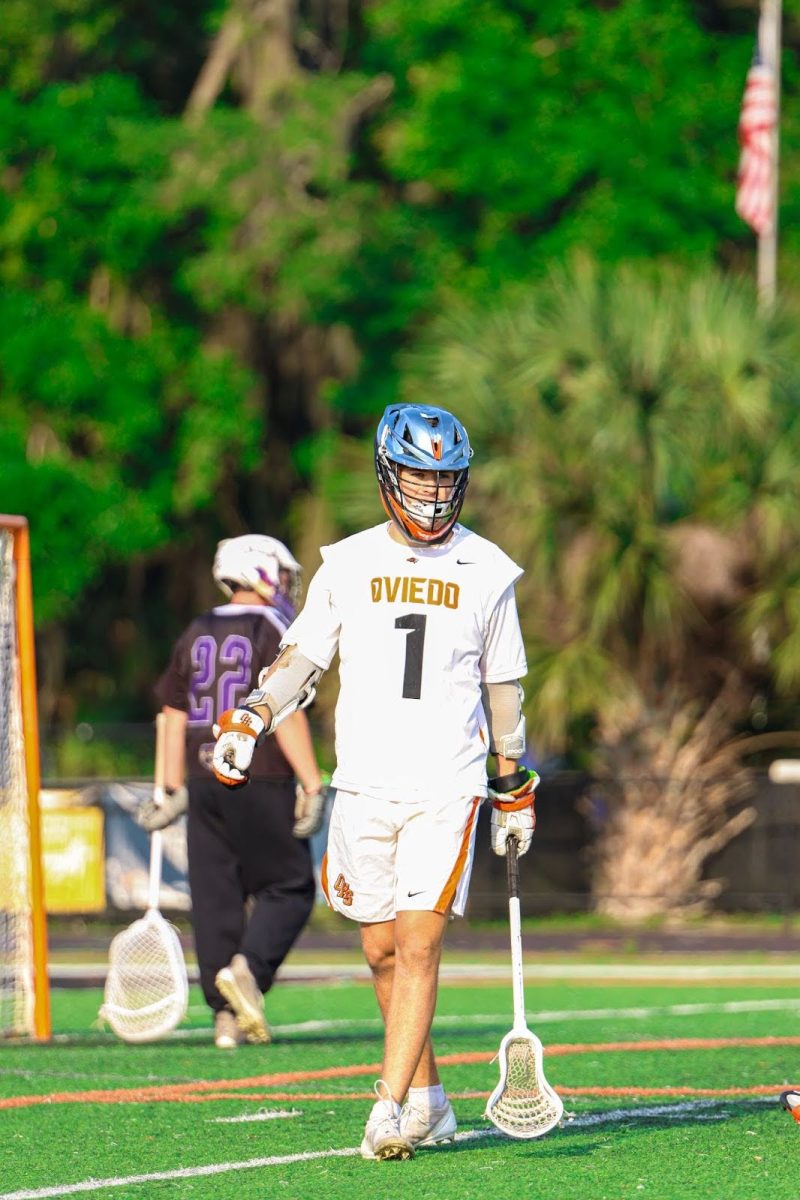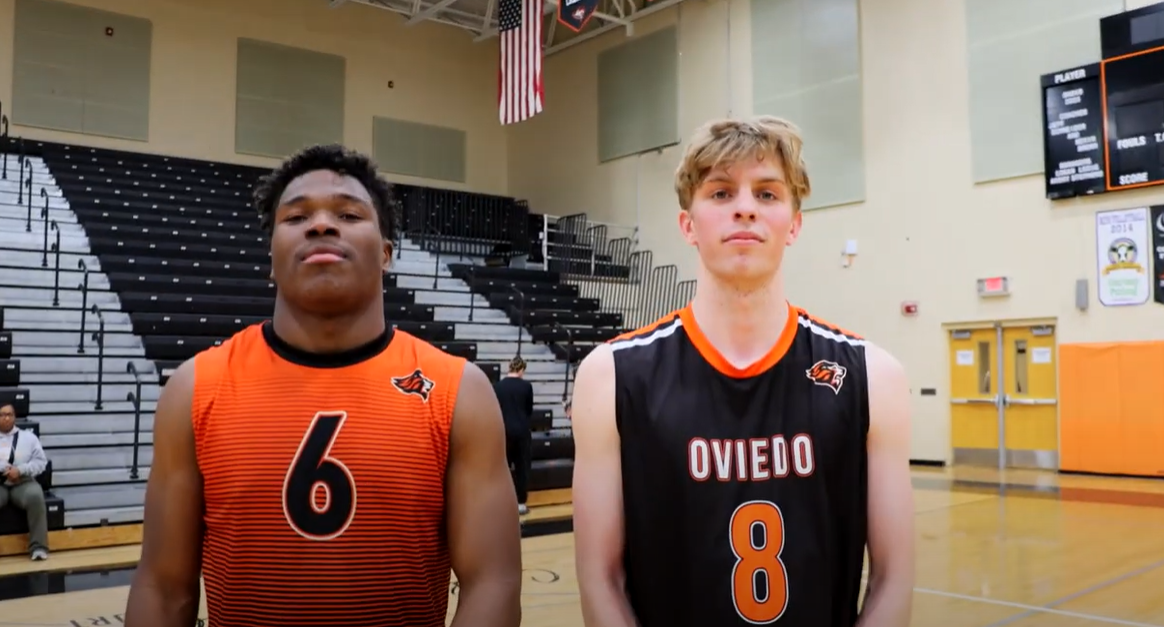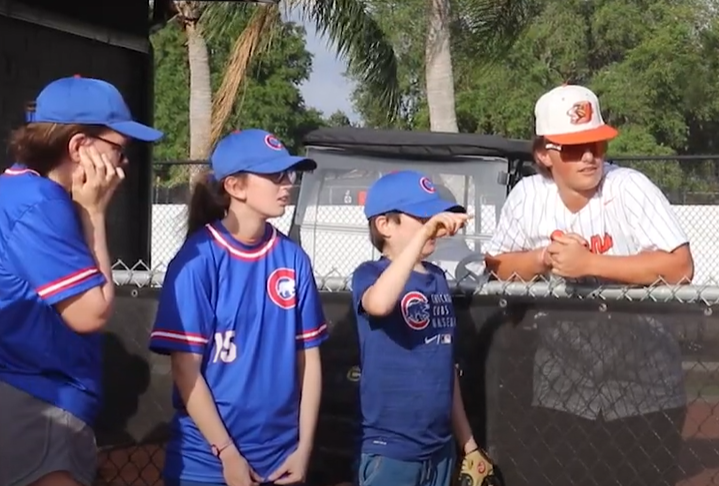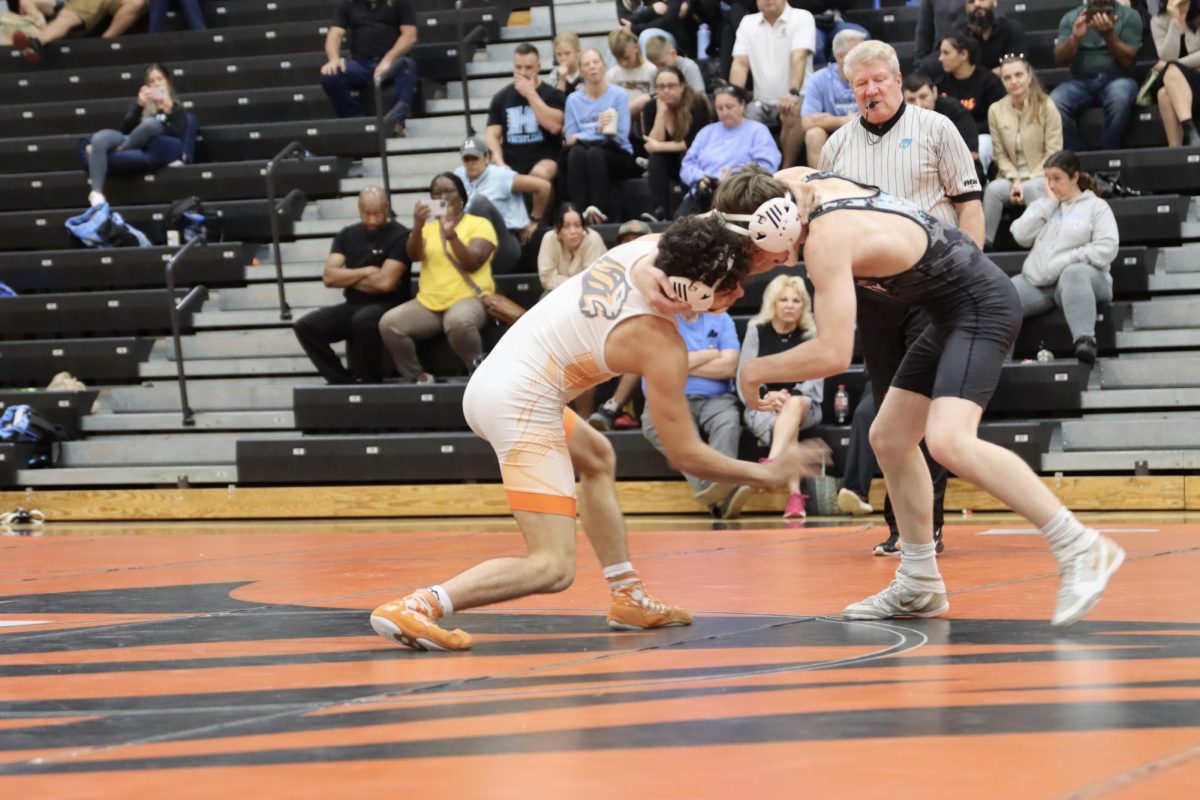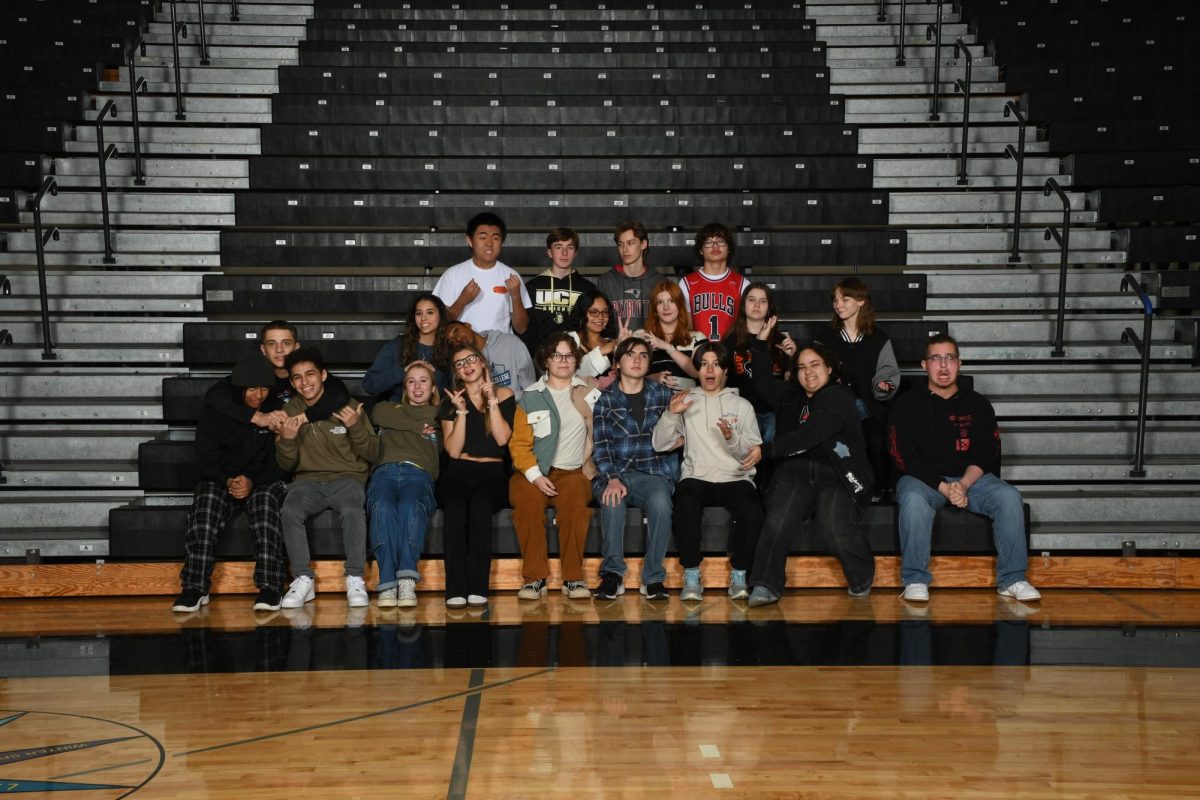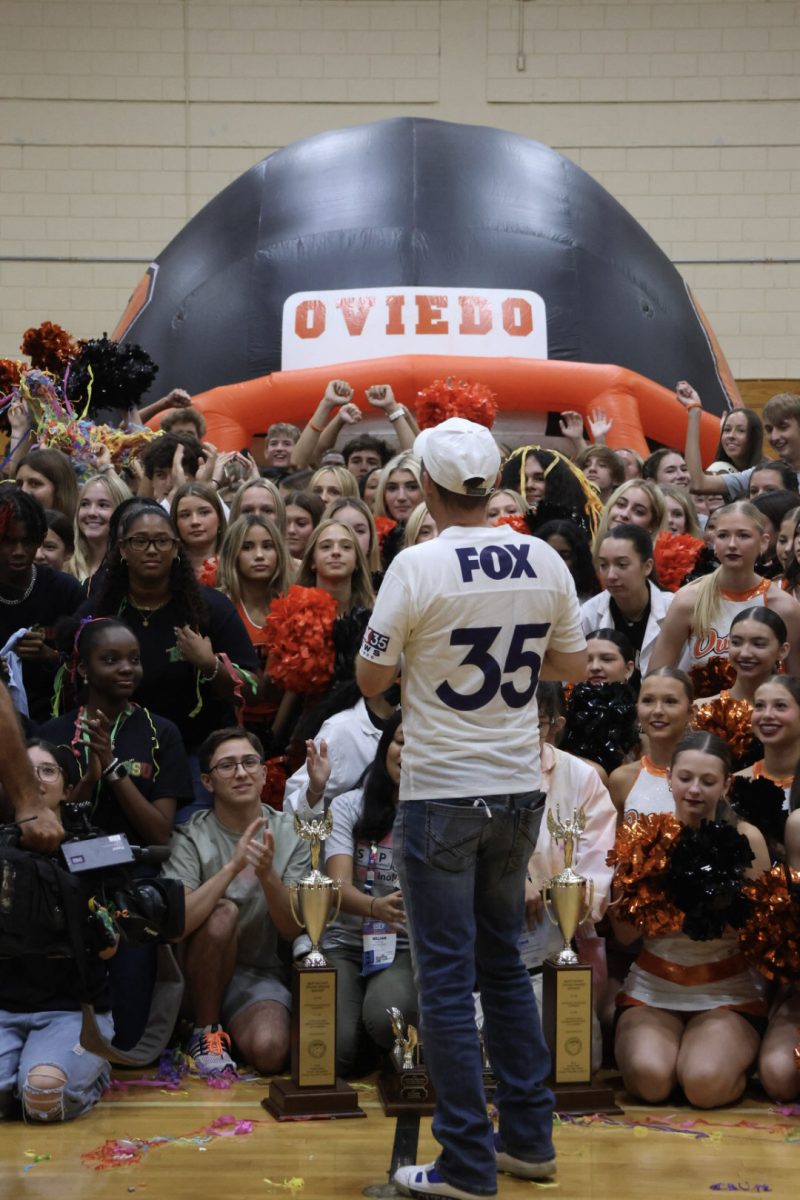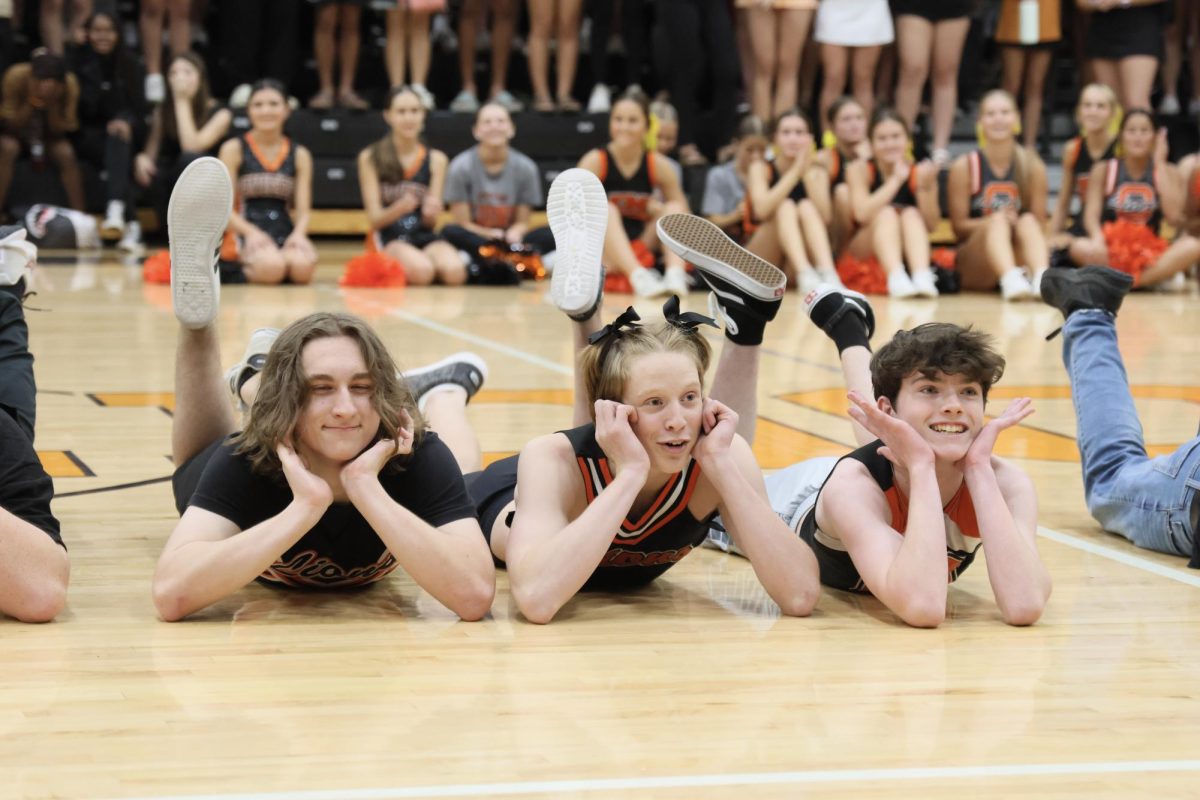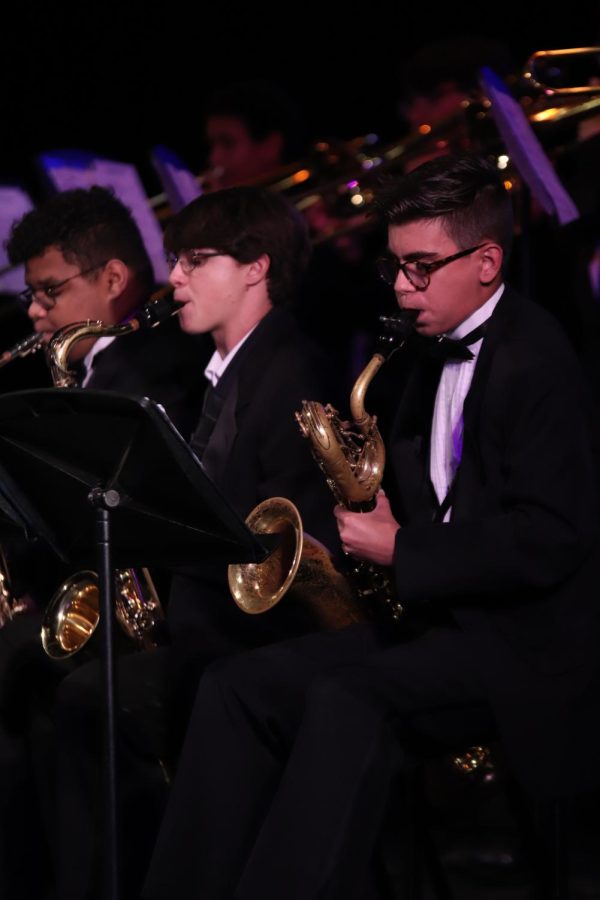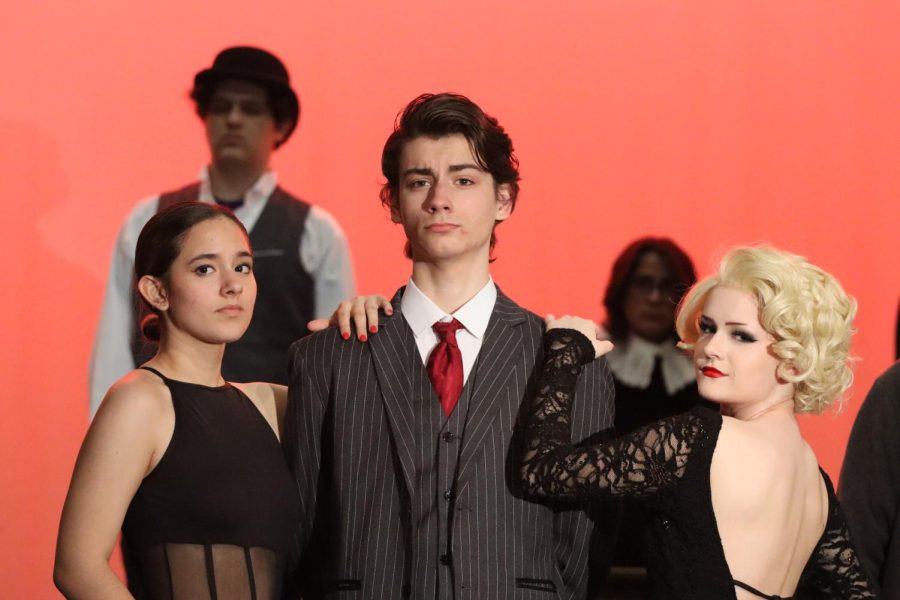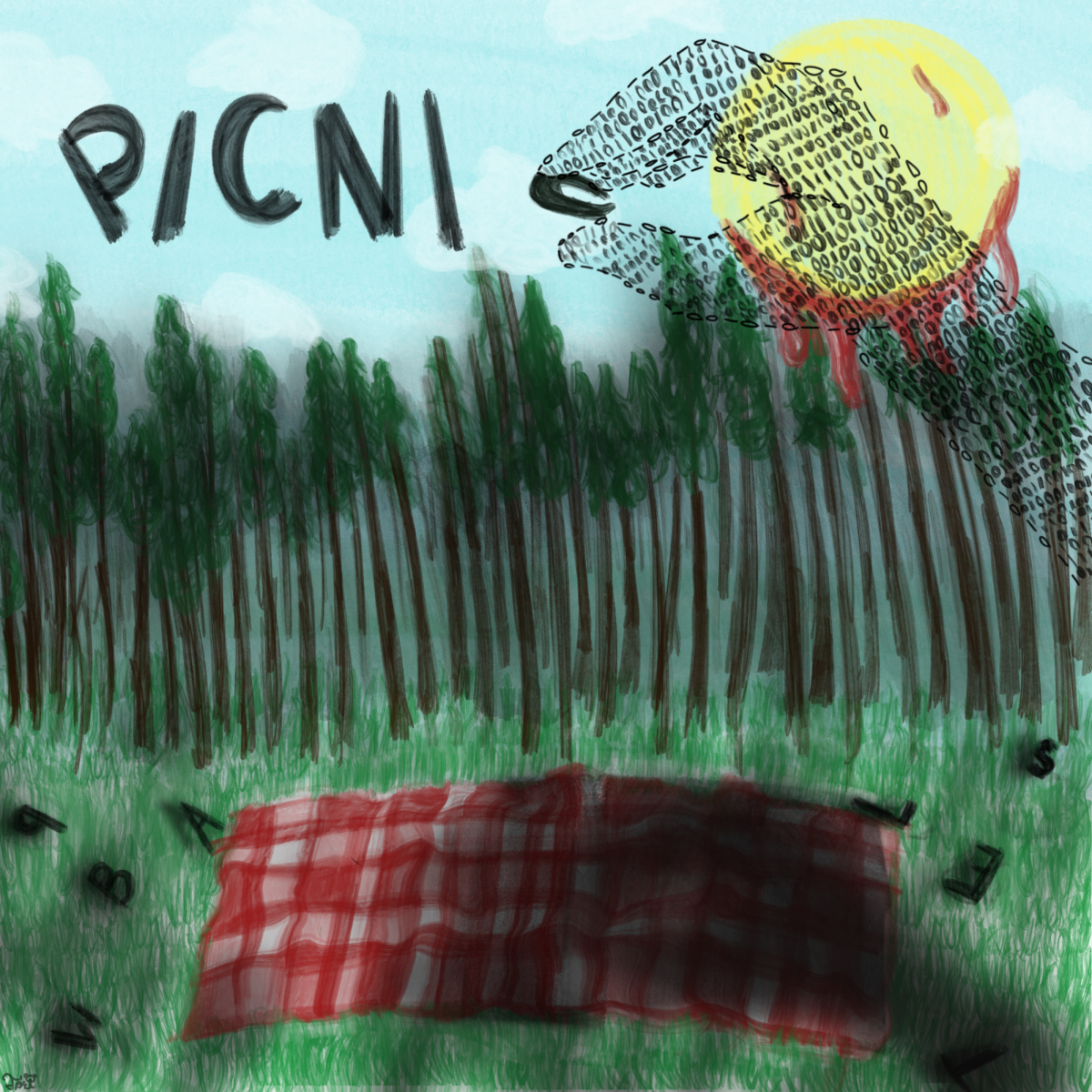Why teachers should “unflip” the flipped classroom
WEB EXCLUSIVE
As a result of increased usage of technology and criticisms of traditional teaching, some instructors are switching to a method of teaching known as a “flipped classroom.” The premise is simple; according to Wikipedia, a flipped classroom is one where students watch videos at home and do problem-solving during class time. Essentially, it is as the name implies; students do “classwork” at home and “homework” at school. This is a new and potentially innovative approach to teaching. However, many critics say that this teaching style may not be as beneficial as it may seem.
The most obvious drawback to a flipped classroom is the fact that not all students have access to Internet or technology at home. While this teaching style may be beneficial for students with Internet access, students without Internet may struggle greatly catching up with their schoolwork in a flipped classroom. This creates a situation where students with technology access may have an unfair advantage over students without said access. Furthermore, it is not a viable way of teaching for most students.
While it is true that the videos can be rewinded and paused, and thus may be easier for students to pay attention to, it can also result in the opposite effect. When someone is not learning face-to-face with a teacher, they can be easily distracted. Flipped classrooms also make it harder to ask questions; it is more beneficial for students to ask questions as they come to mind.
The concept of video lessons is not necessarily harmful. Video lessons can supplement in-person learning; it is not an either-or situation. However, video lessons should not replace traditional teaching. The most accessible teaching method for all students is to incorporate methods of both traditional classrooms and flipped classrooms into teaching. For instance, students could watch video lessons for extra help. However, completely replacing face-to-face lessons with flipped classrooms is not feasible for many students.
Your donation will support the student journalists of Oviedo High School. Your contribution will allow us to purchase equipment and cover our annual website hosting and printing costs. Thank you!

![Prom king Colin Napier and queen Leah Hopkins dance the night away during the Golden Gala on April 26th. Prior to the prom, the Student Government must make many preparations over the course of months in order to ensure it goes off without a hitch. However, their work eventually pays off when it comes time for the dance. “We set up [the prom] the day before, and it’s horrible. We’re there for a very long time, and then we get our beauty sleep, and then we get ready for prom the next day,” Aubrie Sandifer said.](https://oviedojournalism.com/wp-content/uploads/2025/05/Oviedo-197-800x1200.jpg)

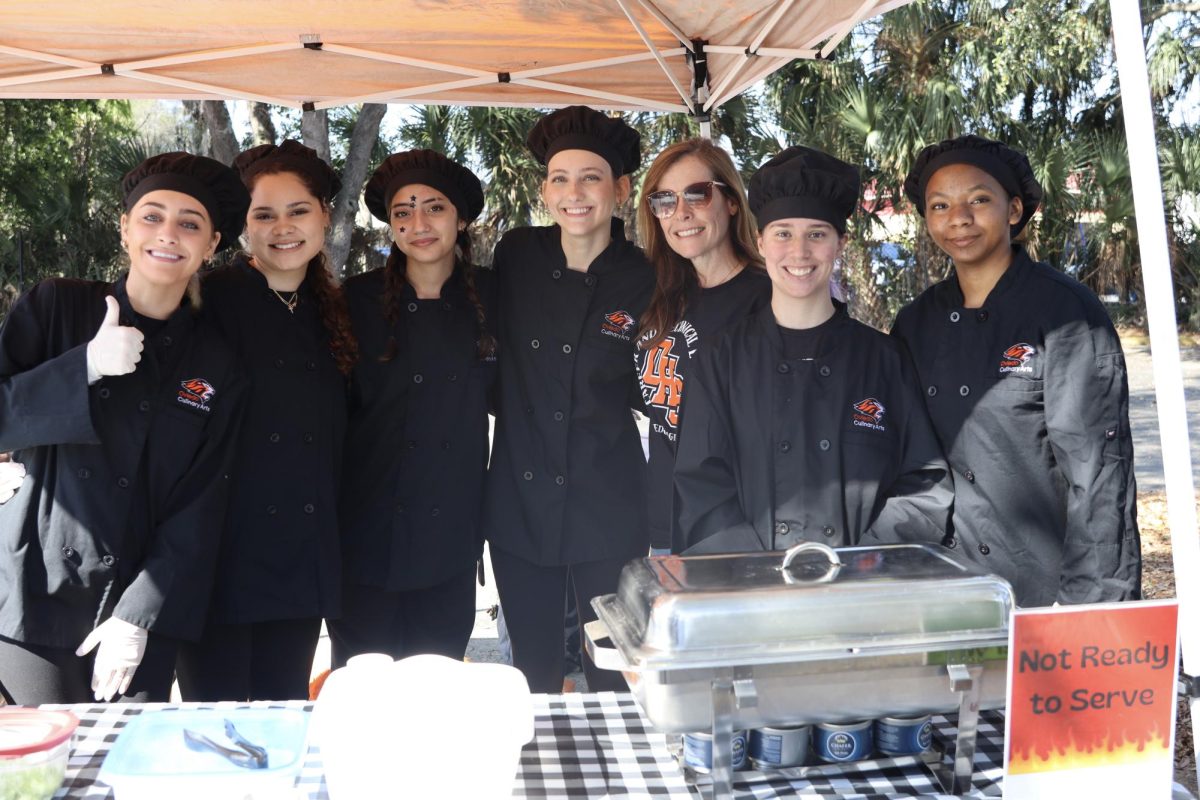
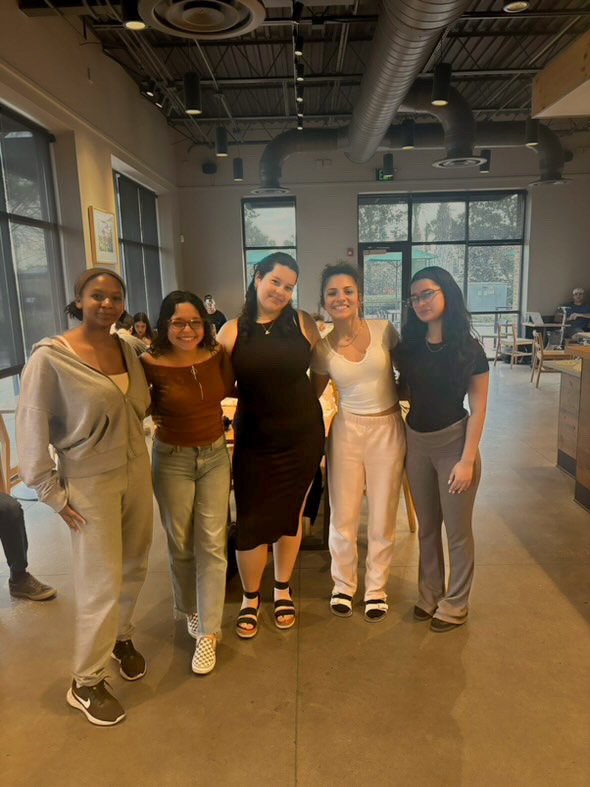

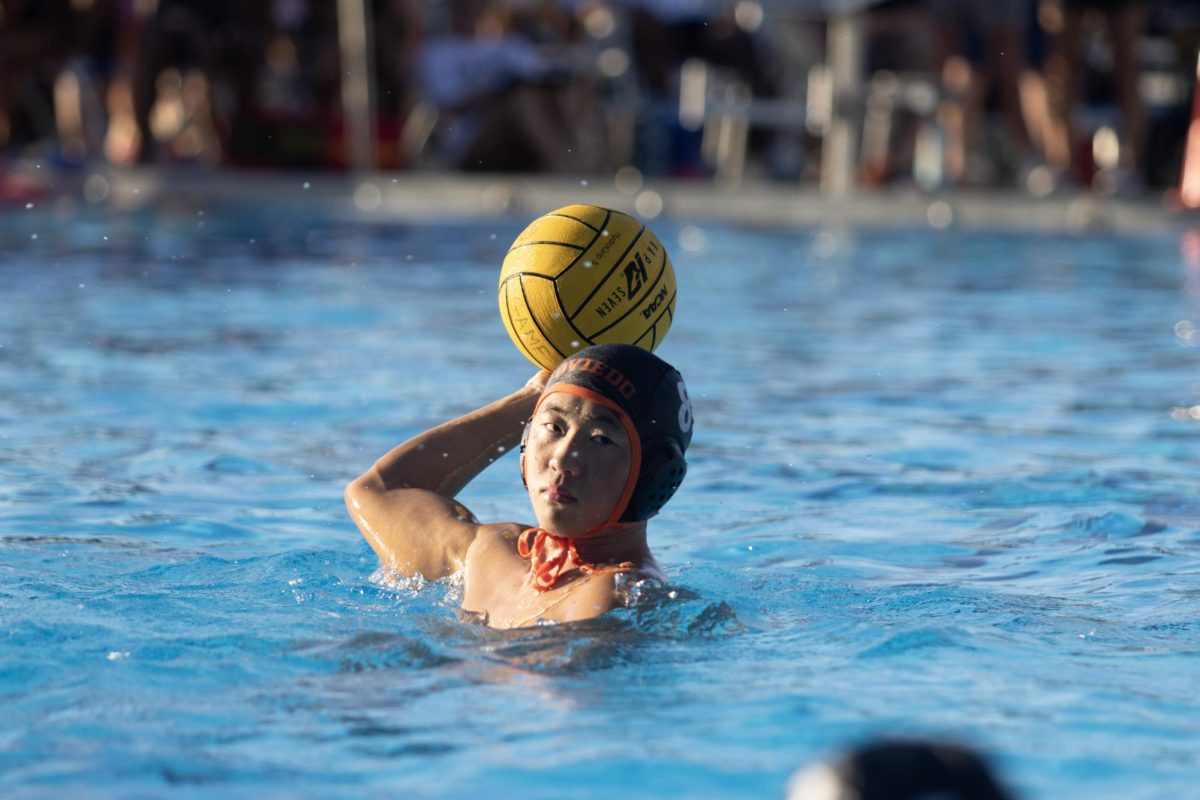

![Hopkins at Honor Grad with golf coach John McKernan. As Hopkins’ golf coach for the last two years he has seen Hopkins’ growth as a player and person along with their contributions to the team. “[Hopkins] has just been really helpful since I took [the golf team] over, just anything I wanted to do I ran by [Hopkins],” said McKernan.](https://oviedojournalism.com/wp-content/uploads/2025/05/B66A7760-800x1200.jpg)
